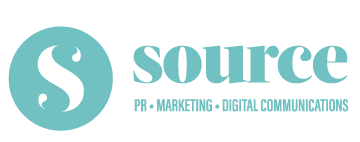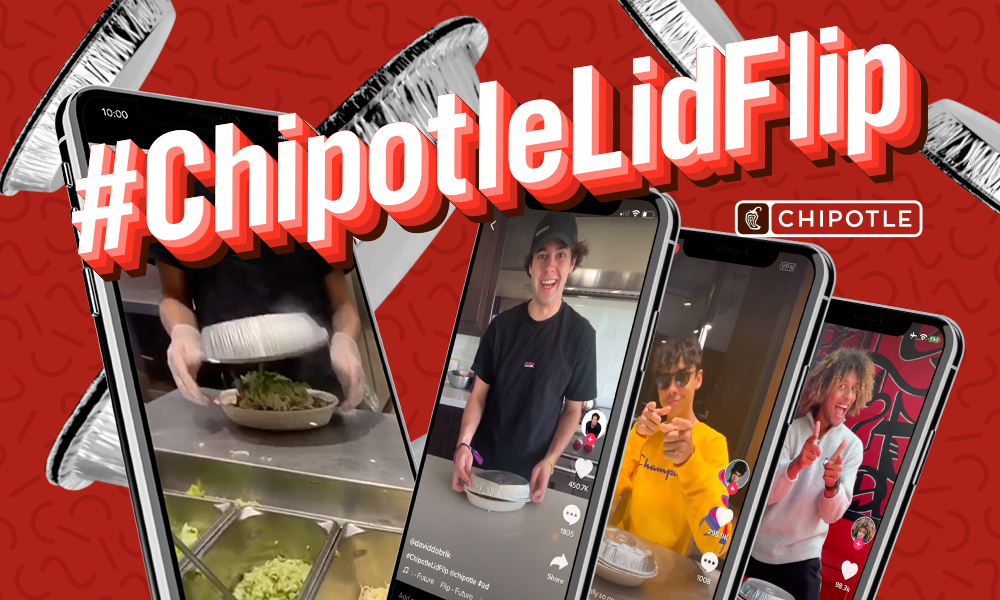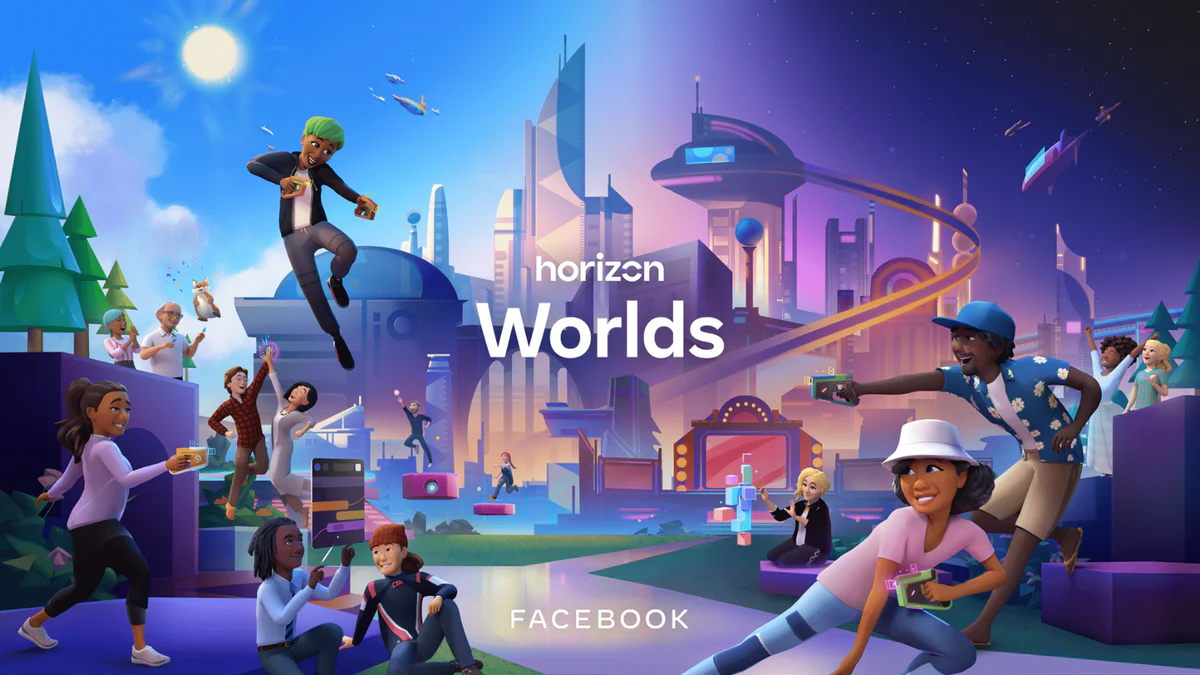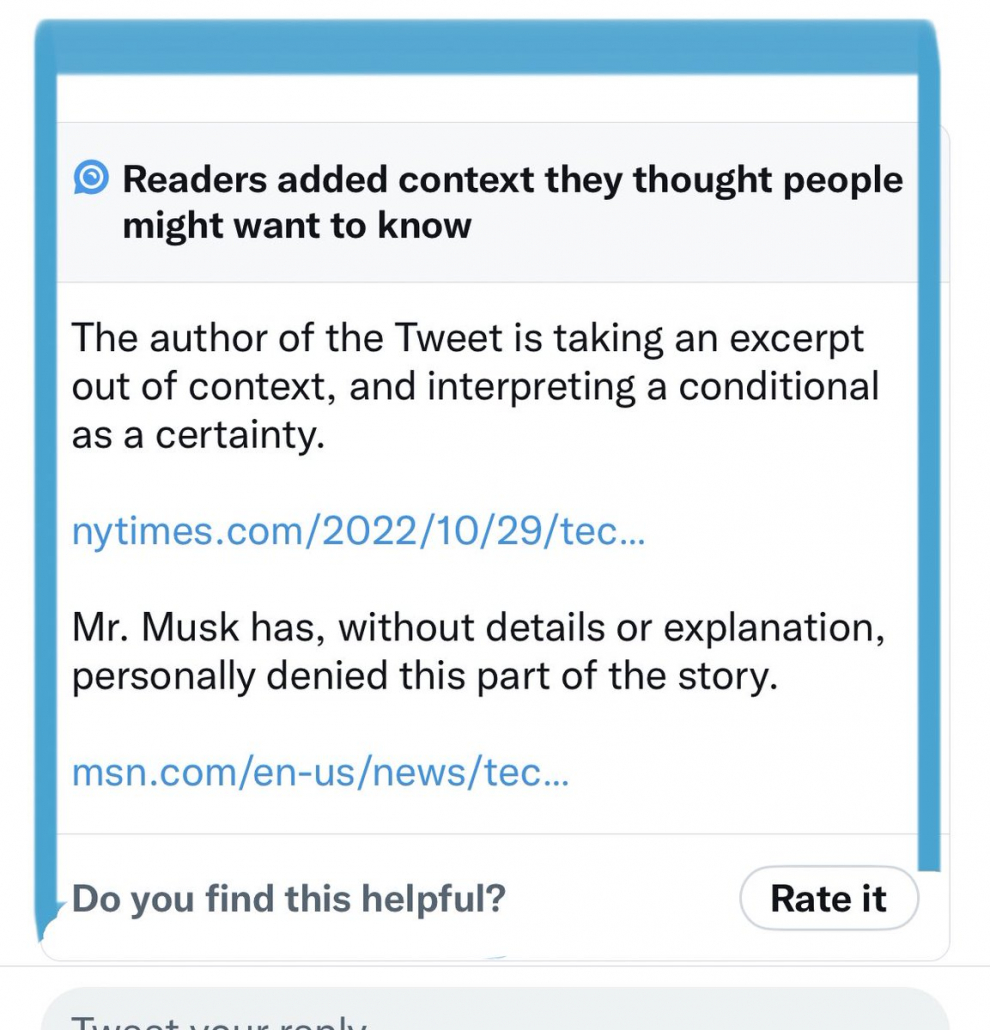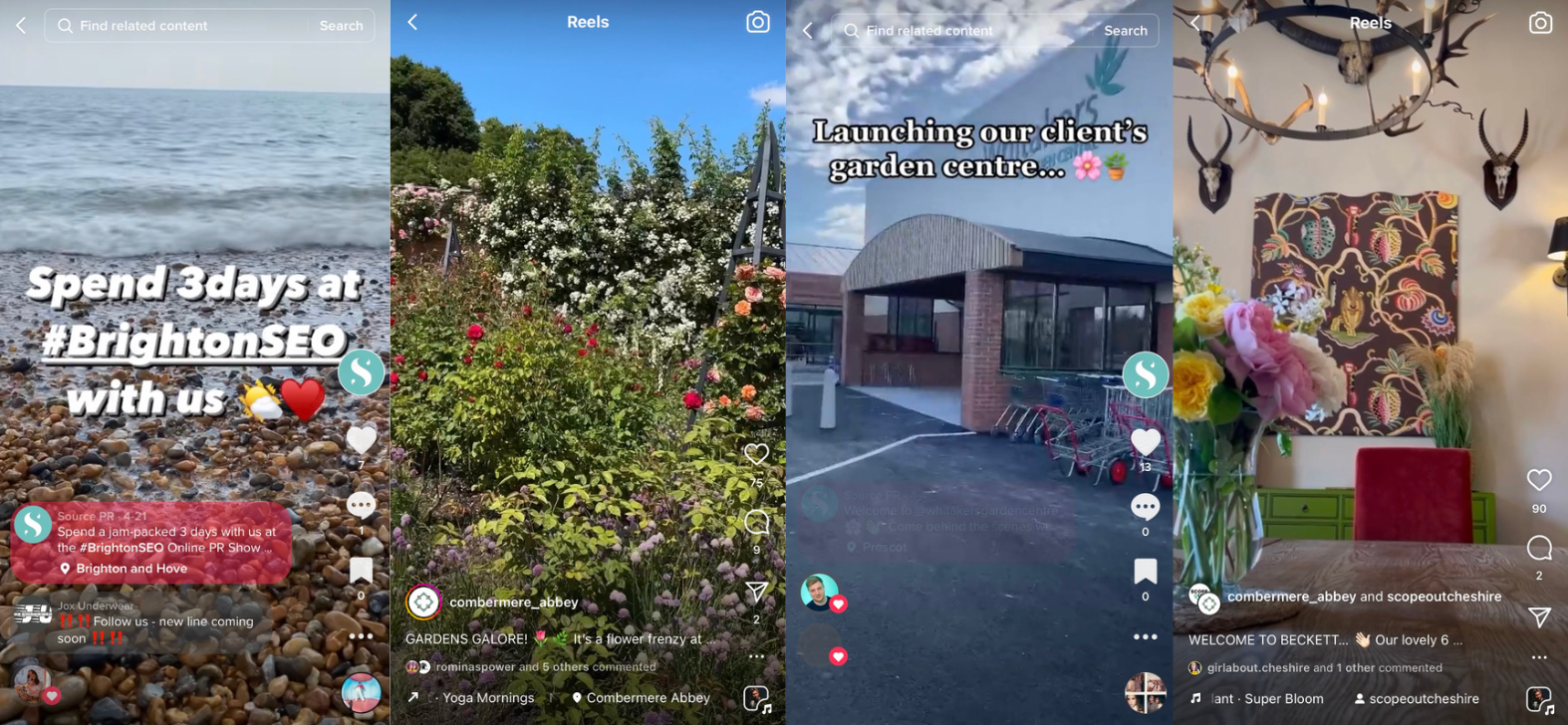Last week, we packed our bags for another fun-filled trip to the seaside for the world’s largest gathering of search marketeers, BrightonSEO, an event dedicated to “helping search marketers meet, learn, and do their jobs a little better.”
As many of you will know, traditional PR and all that it encompasses is our bag at Source PR, however we also offer digital services, and social media is part of our core offering.
So, every year we try to head down south for a good dose of networking, and also to make sure our industry knowledge is the most up-to-date it could be. With speakers from all over the world in some of the biggest digital companies around, we sure got our fill of knowledge (and fun along the way too!) this month.
Below are some of our top takeaways from 2023’s Spring BrightonSEO and how we plan to apply them to the PR and social media world. Back to business!
Digital PR And Its Place In Traditional
Firstly, as we do with every BrightonSEO blog that we write here at Source PR, we want to remind you about digital PR and how it has its place within the more traditional sectors of the industry.
Digital PR is prominently focused on building relevant backlinks to a website for SEO purposes, and whilst this is an important exercise endorsed by the likes of Google-whizz John Mueller himself, we like to make our PR efforts work harder. So, whilst digital is one of our focuses, we find it works best when bedded in with a solid social media strategy and more traditional PR activity such as events, features, interviews, and CSR initiatives too.
That’s the future as we see it, and it’s an exciting place to be.
10 BrightonSEO Takeaways For The Traditional World
#1 – Video Should Be Considered In Every Marketing Strategy
Azeem Ahmad kicked off the Online PR fringe event (a day dedicated to PR before the main conference) with a compelling and actionable talk on video and its place in modern-day marketing. Not only did we leave with pages and pages of notes on how to implement this kind of content into our strategies for clients, but we were also reminded that there are different kinds of users on every website and we need to figure out what our audience is first before looking into content creation.
For example, users who have a low scroll rate but spend longer dwelling should be targeted with videos at the very top of the page, whereas people with an average scroll and session time should be targeted with key facts and figures in shorter, consumable bursts of content.
#2 – Every Brand Needs A Story
We like BrightonSEO because it always assures us of the synergy between traditional PR and digital, and how the former is critical to the latter’s success. PR is all around building a compelling brand, and without this, Sudhana Singh says your marketing efforts are fruitless. In a captivating talk on how to use the Imbue Model to craft a legendary story, we were given examples on what to base your brand on such as…
• Is it a quest to achieve a goal?
• Do you have a coming-of-age tale?
• Has your brand been on a voyage and returned?
• Can you create a comedy from your story?
…And we were also shown how to directly communicate your choice from the above to customers. This was one of the first talks we saw at BrightonSEO and both the nature of the talk and the talent of the speaker really stuck with us!
#3 – It’s Time To Take TikTok Seriously
We’ve long banged the drum of TikTok’s impact on marketing here at Source, so naturally we headed to several talks on this over the course of the three days we spent in Brighton. From SEO-tips for optimising our TikTok captions and content from Carrie Rose, to understanding the share of audience the platform holds, our brains are now jammed full of ways to utilise this social media moving forward. Some of the tips we learned from Carrie to help your videos rank in TikTok included:
• Include your keyword in your caption, but don’t stuff it in unnaturally!
• Mention the keyword in the first 1-5 seconds of the video (and use CC)
• Utilise 3-6 hashtags as TikTok recognises spammy hashtag-ing
We were even shown how Google is starting to pull TikTok videos into SERPs, indicating that this kind of short-form, informative video content is what users want! Naturally we also came away with some handy tools to download, such as Sophie Warner’s suggestion to use the TikTok Trends Slack App, developed by Journey Further.
#4 – Creators Are The Future!
Leading on from the above… A theme across several TikTok-themed talks was that you don’t necessarily have to be a whizz at the app yourself because the value content creators have only continues to grow in this industry. We do a lot of influencer marketing at Source PR, so we were glad to hear that third party endorsements are still popular in the marketing industry.
In Sophie’s talk, she quoted that “62% of consumers are more likely to click on content that features creators” over traditional branded ads, and Carrie enforced that the best trust and authority is gathered with a mix of press and content creator testimonials. Music to our ears!
#5 – Consumption Trumps Creative Brainstorming
The mastermind behind viral campaigns reaching all over the WORLD: we knew we had to catch Mark Rofe’s talk at BrightonSEO. He covered the importance of consumption in PR, how curiosity and just generally always keeping one eye on what’s going on in the world is far better for generating ideas than forcing unprompted brainstorms.
He also stressed the importance of compartmentalising this though, and not trying to consume everything – just what’s relevant to your brand.
How can you do this in a healthy way? Set up alerts, check Google news regularly but change the dates and use keywords to only get stories that are applicable and think outside the box as to how your clients can get involved in the latest social trends! A key takeaway for us, was the reminder that the news cycle repeats itself – so you can always prep in advance. Every year there will be stories on cancelled flights, heatwaves and national holidays for example. Can you think of a creative way to involve your clients and pitch in ahead of the game?
#6 – Stop Chasing Google, Chase Users
Another point made by Carrie Rose was short but impactful, and it was this: most search marketers are chasing Google and their next big move, but in reality, Google are chasing users, so why aren’t we doing the same? At Source PR, we operate direct B2B and B2C marketing, so we are always thinking of the end user. It’s reassuring to know this practice translates across to SEO too and is the best way to achieve the best results.
#7 – Happy Teams = Best Results
While we always come away with lots of practical knowledge from BrightonSEO, we make sure to get some talks on management and mental health scheduled in too. Happy teams make for a happy agency, after all. Sean Butcher talked us through the ideal employee onboarding process, and how managers should be involved from the very first day – making connections with new team members even before they begin their new role officially, and Ian Benjamin relayed some advice on how to better market opportunities within your agencies, which included illustrating day to day life through creative content and not just focusing on the black and white of the job you’re offering.
#8 – There Are Many Ways To Integrate Equality In Your Marketing
Equally important to the above to us, was attending talks on diversity and equality in marketing. We had a good fill of these sessions over the 3 days that we were at BrightonSEO, including a powerful slot which was seamlessly run by what we are now calling the ‘dream trio’: Azeem Ahmad, Fabio Embalo and Andi Jarvis. We took away a whole load of points on how to improve our marketing strategies in the name of equality, with one of our most helpful takeaways being these guidelines on inclusive language from Azeem. Admittedly, many of us in the room that day hadn’t even given some of these terms a second thought, but that’s the beauty of this industry, there’s ALWAYS room to improve and be supported while you make the efforts to do so.
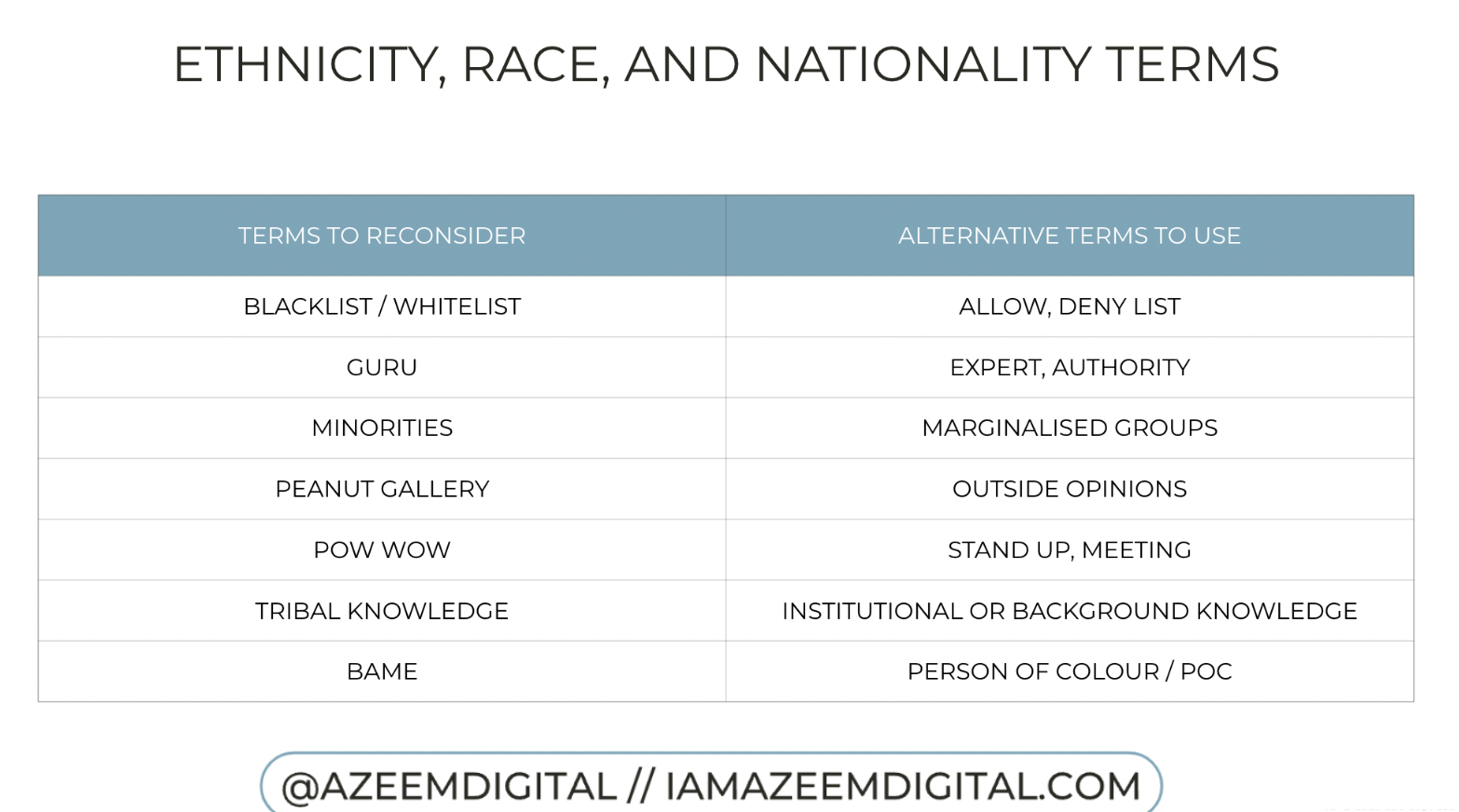
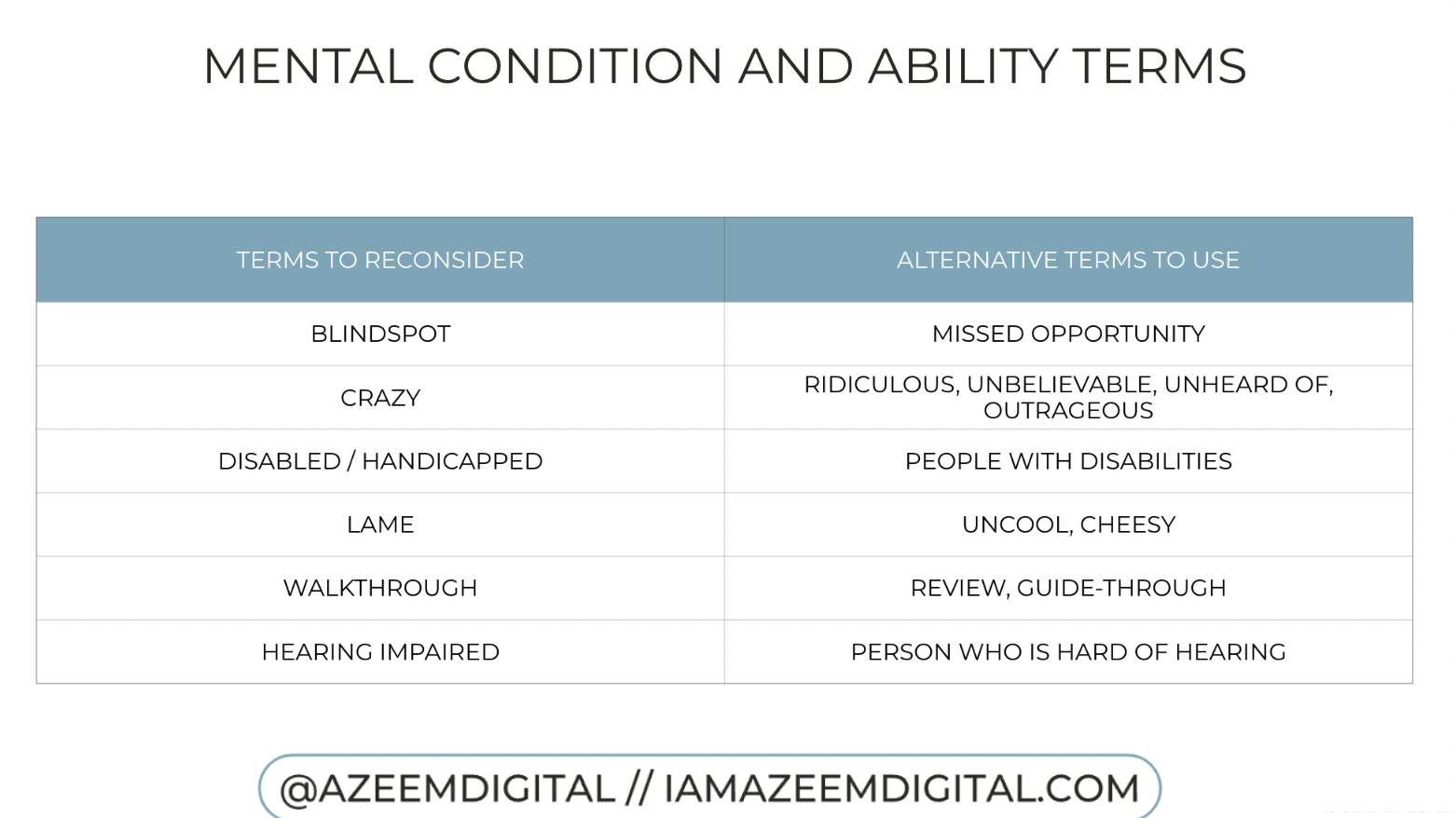
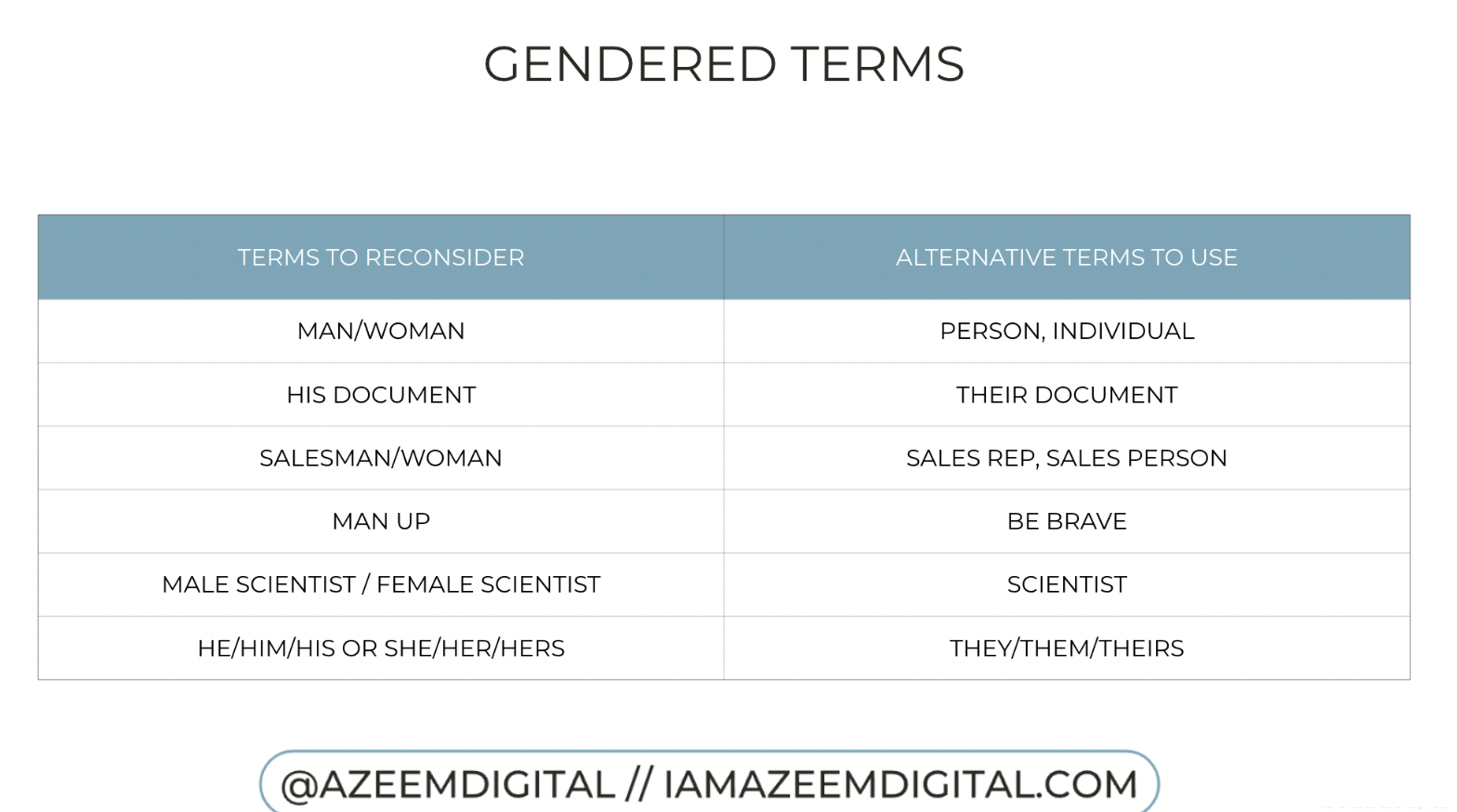
We also couldn’t finish this blog post without mentioning one of our most emotion-evoking talks from Cheryl Luzet on “why unconscious bias in the agency world is holding you back.” It made us proud that at Source PR, our workforce is made up of 60% women and 66% of our management team are female, but it also made us angry that not enough is being done to change deep-rooted attitudes to women in the workplace.
So hopefully we’ve given you plenty to think about in terms of takeaways and tips from BrightonSEO, so let us do something different to end this blog post this time and leave you with one of the most outrageous facts we’ve heard in a while, and hope it ignites a passion for change in you as it did for us.
Your boss is more likely to be called John than be a woman.
We couldn’t mention them all in here, because this blog would be waaaay bigger than the 1700 words that it already is, but we’d love to pay thanks to all of the fantastic speakers we saw at BrightonSEO over the three days we were there. We took something away from each and every one of you, and you were all INCREDIBLE!
Azeem Ahmad, Ross Simmonds, Sudhana Singh, Uday Radia, Clara Kelly, Mary Hicks, Raluca Zdru, Karim Adib, Sophie Warner, Daniele Saccardi, Amanda Walls, Mark Rofe, Rachel Finch, Carlos Menza, Dale Bertrand, Sean Butcher, Cheryl Luzet, Ian Benjamin, Fabio Embalo, Andi Jarvis, Isla Lavs, Lauren Henley, Niki Mosier, Rohan Ayyar, Carrie Rose, Amanda Jordan, Claire Carlile, Tanesha Marie, Bibi The Link Builder, Greg Clifford & Dixon Jones.
Featured image credit: BrightonSEO.
